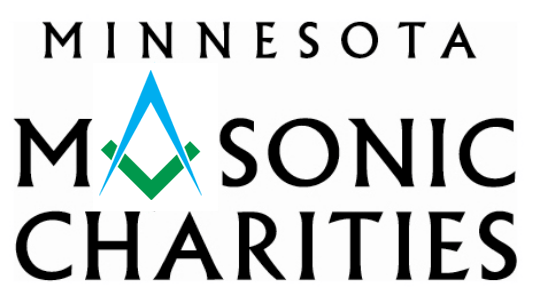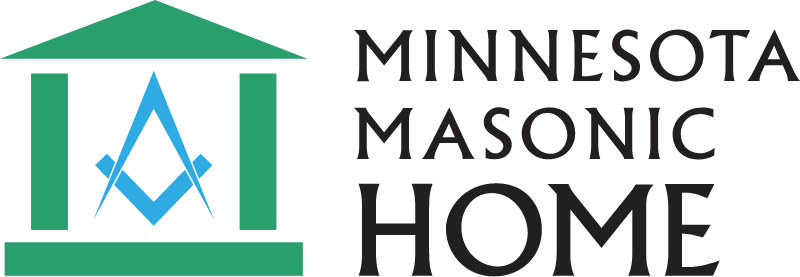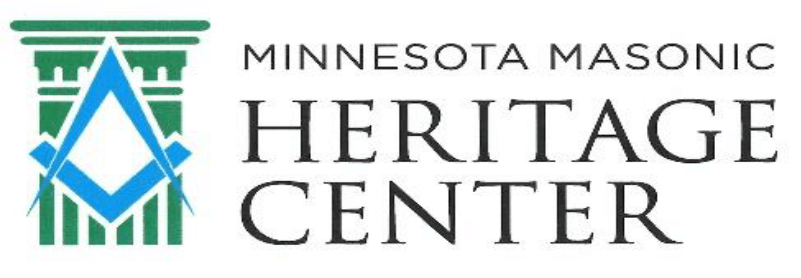Let’s take a minute and think about our daily conversations with our children. Do we take
conversational turns with our child, or do we do most of the talking? Do our turns last longer than our
child’s, or are they evenly matched? Do we ask questions, or do we comment and make statements?
Sometimes when our children aren’t producing a lot of language, as adults we feel like we should fill the
silence. We often fill that silence with a barrage of questions! “What is this?” “What does a cow say?”
“Oh, did you hear that?” “Should the cow go in the barn?” “What color is the barn?”
When we think about our conversations with other adults, we use questions to gain information,
normally information that we do not already know. By asking questions we learn about the other
persons views and thoughts and then we continue with a back-and-forth conversation that includes
many statements and or comments. Questions are intended to help a conversation continue.
However, asking too many questions is a conversation stopper and can lead to our children being
uninterested in the communication interaction. When we ask so many questions in a row it turns into
an unintentional quiz. Quizzing puts pressure on our children when they don’t have the vocabulary to
express the answer to us.
To avoid asking too many questions in an interaction we can turn our questions into statements!
Making a statement models language in a way that our children can copy and use to build on their
vocabulary and expressive language. Comments are less directive and can lead to our children taking
more conversational turns.
Questions are not a bad thing, as stated above they help us gain information and can help a
conversation continue when we have a good balance! Balancing questions and statements is important.
A rule to follow in conversational interactions with our children is for every one question you ask make
sure to follow up with at least two comments.
| Types of Questions to Ask: | Types of Questions to Avoid: |
| Sincere questions you do not know the answer to | Too many questions at once |
| Questions that match the child’s interest | Questions that answer themselves |
| Choice questions (present two choices) (Do you want the red car or the blue car?) |
Examples of turning questions into statements:
| “Do you see the leaves falling?” | “Look! Leaves!” “Leaves falling!” |
| “Is that a big leaf?” | “Big leaf!” “Wow, that is so big!” |
| “What pumpkin do you want?” | “Let’s pick a pumpkin!” “One pumpkin!” |
| “You like that apple, don’t you?” | “Yummy apple!” “That looks delicious!” |
– Tristan Kerfeld, M.A., CCC-SLP





